Hand Pollinating Melons - How To Hand Pollinate Melons
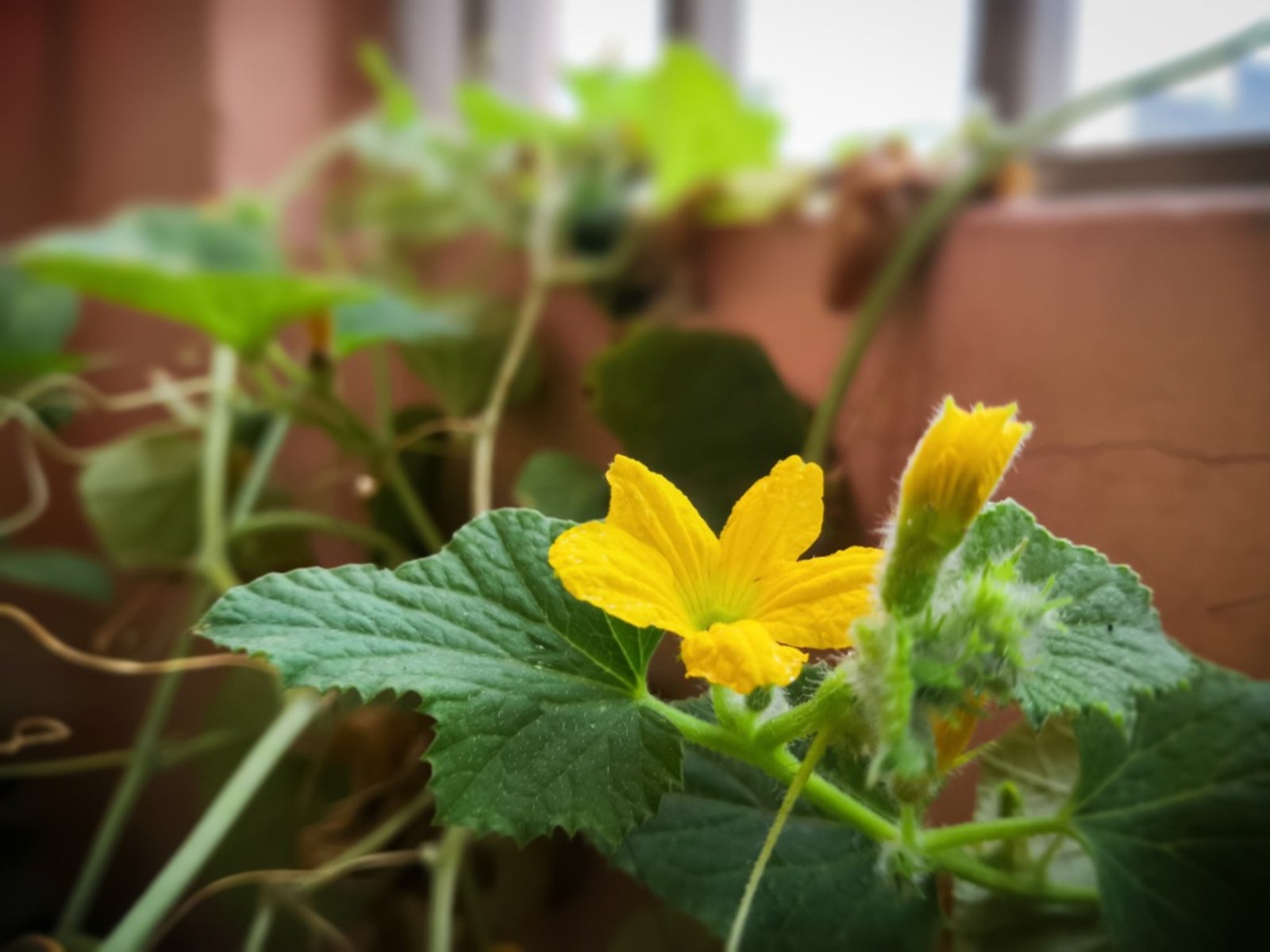

Hand pollinating melon plants like watermelon, cantaloupe, and honeydew may seem unnecessary, but for some gardeners who have difficulty attracting pollinators, like those who garden on high balconies or in high pollution areas, hand pollination for melons is essential in order to get fruit. Let's look at how to hand pollinate melons.
How to Hand Pollinate Melons
In order to hand pollinate melons, you need to make sure that your melon plant has both male and female flowers. Male melon flowers will have a stamen, which is a pollen covered stalk that sticks up in the center of the flower. Female flowers will have a sticky knob, called a stigma, inside the flower (that the pollen will stick to) and the female flower will also sit on top of an immature, tiny melon. You need at least one male and one female flower for hand pollinating melon plants. Both male and female melon flowers are ready for the pollination process when they are open. If they are still shut, they are still immature and will not be able to either give or receive viable pollen. When melon flowers open, they will only be ready for pollinating for about a day, so you need to move quickly to hand pollinate melons. After you make sure you have at least one male melon flower and one female melon flower, you have two choices on how to hand pollinate the melon flowers. The first is to use the male flower itself and the second is to use a paintbrush.
Using a Male Melon Flower for Hand Pollinating Melons
Hand pollination for melons with the male flower starts with carefully removing a male flower from the plant. Strip away the petals so that the stamen is left. Carefully insert the stamen into an open female flower and gently tap the stamen on the stigma (the sticky knob). Try to evenly coat the stigma with pollen. You can use your stripped male flower several times on other female flowers. As long as there is pollen left on the stamen, you can hand pollinate other female melon flowers.
Using a Paintbrush for Hand Pollination for Melons
You can also use a paintbrush to hand pollinate melon plants. Use a small paintbrush and swirl it around the male flower's stamen. The paintbrush will pick up the pollen and you can them “paint” the stigma of the female flower. You can use the same male flower to hand pollinate other female flowers on the melon vine, but you will need to repeat the process of picking up the pollen from the male flower each time.
Gardening tips, videos, info and more delivered right to your inbox!
Sign up for the Gardening Know How newsletter today and receive a free copy of our e-book "How to Grow Delicious Tomatoes".

Heather Rhoades founded Gardening Know How in 2007. She holds degrees from Cleveland State University and Northern Kentucky University. She is an avid gardener with a passion for community, and is a recipient of the Master Gardeners of Ohio Lifetime Achievement Award.
-
 Looking For Plants To Give You The Soft And Fuzzies? Try These 5 Fuzzy Leaf Plant Options
Looking For Plants To Give You The Soft And Fuzzies? Try These 5 Fuzzy Leaf Plant OptionsLovers of texture, drama, silver foliage and tactile plants will adore these special sensory garden additions. These fuzzy leaf plant options will leave you all aglow
By Susan Albert
-
 Get Ready For A Summer Of Hummers! Grow These Full Sun Hummingbird Plants and Flowers
Get Ready For A Summer Of Hummers! Grow These Full Sun Hummingbird Plants and FlowersIf you’re lucky enough to enjoy a sunny backyard, make sure you are maxing out on your pollinator opportunities and grow these full sun hummingbird plants and flowers
By Tonya Barnett
-
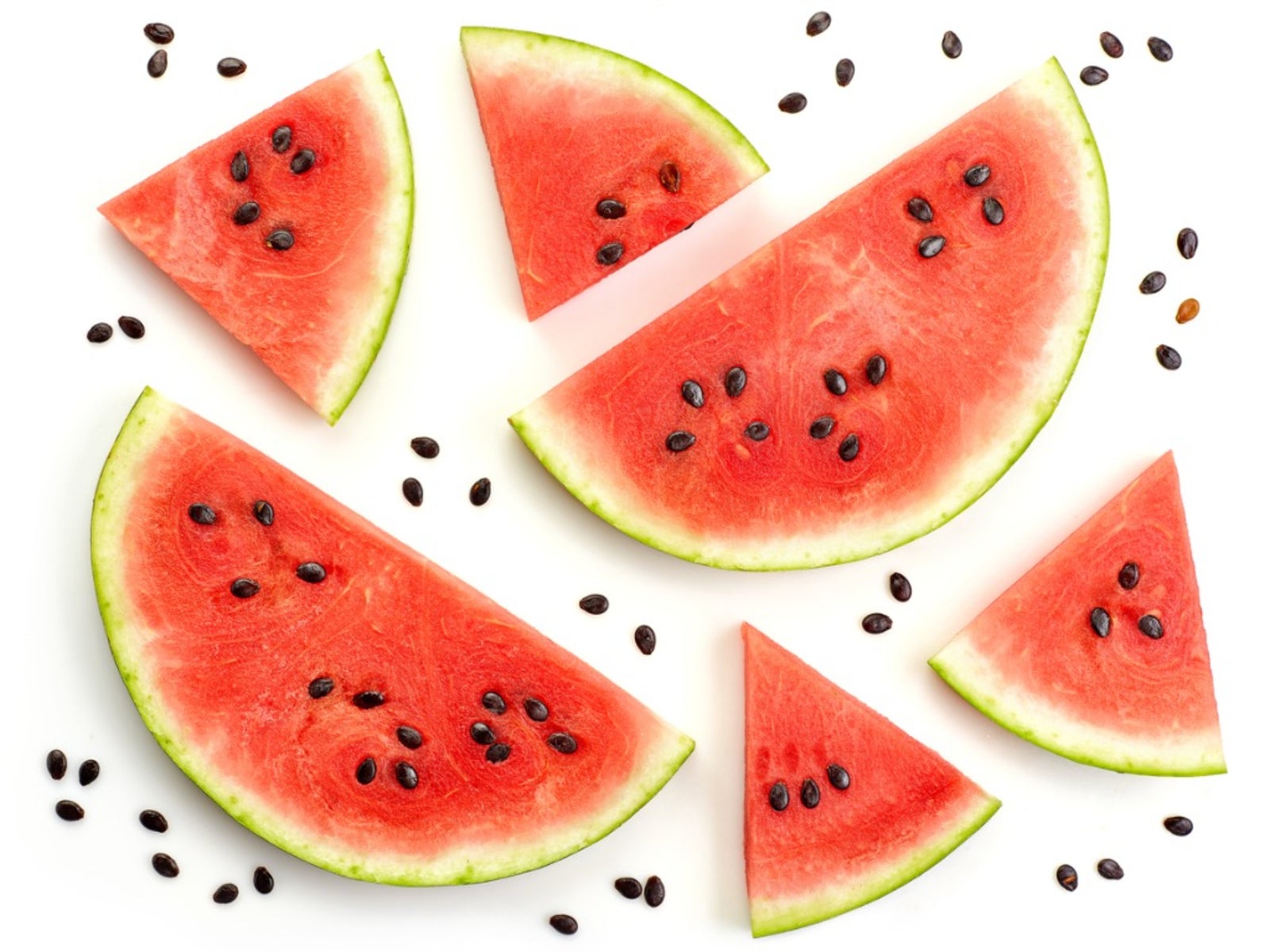 Will Seeds From A Store Bought Melon Grow - Planting Grocery Store Melon Seeds
Will Seeds From A Store Bought Melon Grow - Planting Grocery Store Melon SeedsWill grocery store melon seeds grow? More importantly, will they produce true to type? Find out here.
By Laura Miller
-
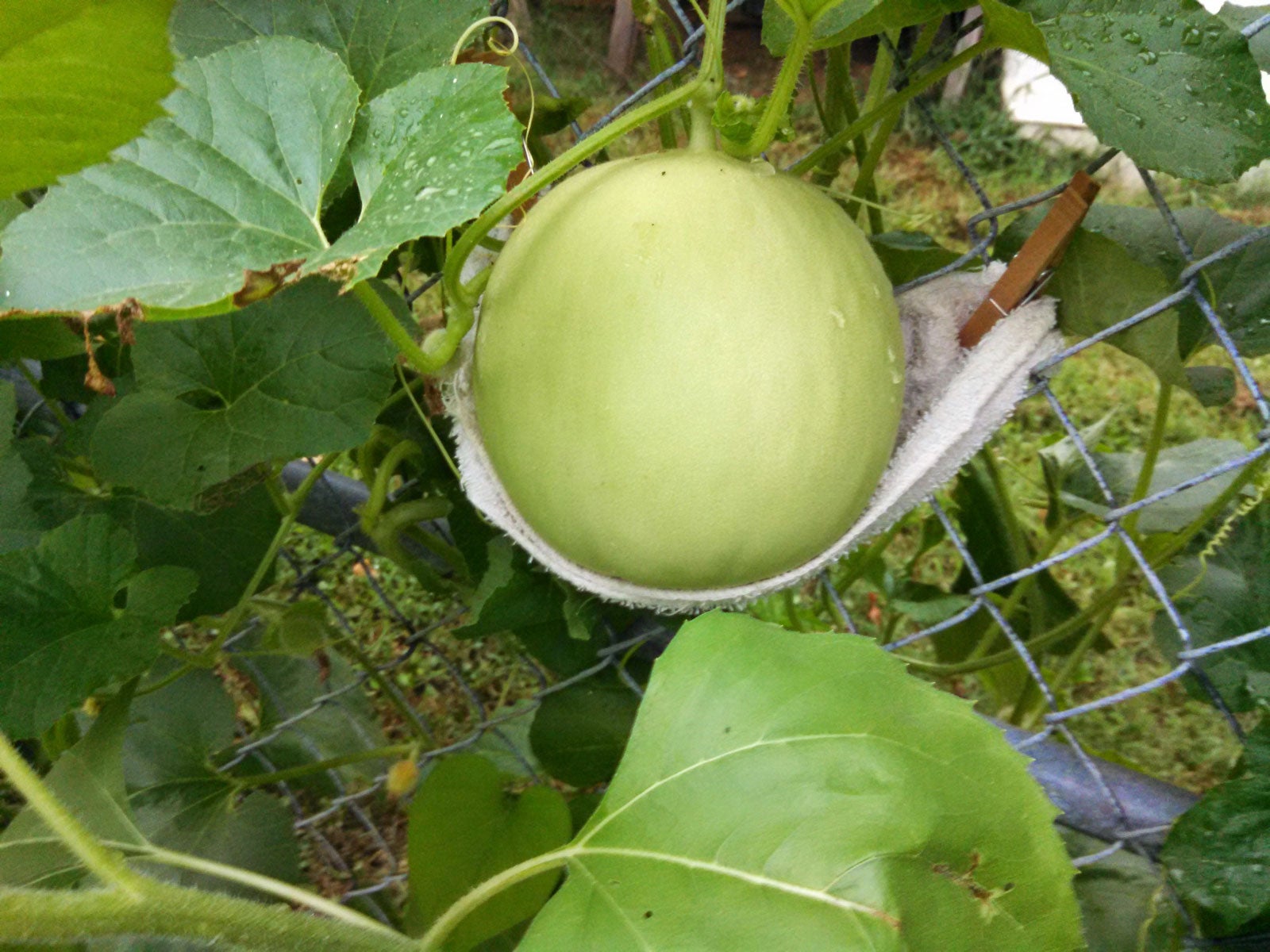 Vertical Melon Growing – How To Grow Melons On A Trellis
Vertical Melon Growing – How To Grow Melons On A TrellisWho wouldn’t like the luxury of growing watermelons, cantaloupes, and other luscious melons in a backyard garden? Melons grow on very sprawling vines that can take up most of a garden bed though. The perfect solution is growing melons vertically. Learn more here.
By Teo Spengler
-
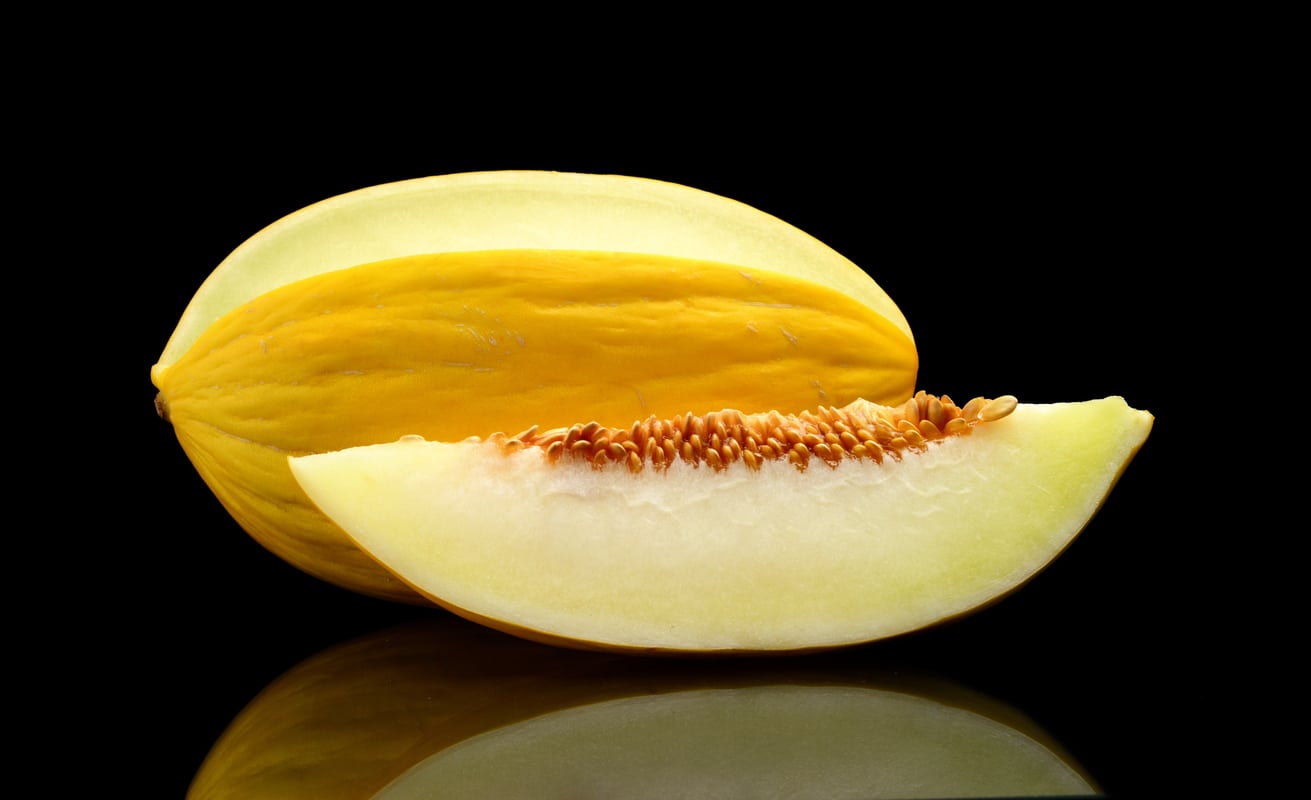 Canary Melon Information: Growing Canary Melons In The Garden
Canary Melon Information: Growing Canary Melons In The GardenCanary melons are beautiful bright yellow hybrid melons that are commonly grown in parts of Asia including Japan and South Korea. Interested in growing your own canary melons? The following canary melon information can help with that.
By Amy Grant
-
 Christmas Melon Plants: Learn About Santa Claus Christmas Melons
Christmas Melon Plants: Learn About Santa Claus Christmas MelonsBy Bonnie L. Grant
-
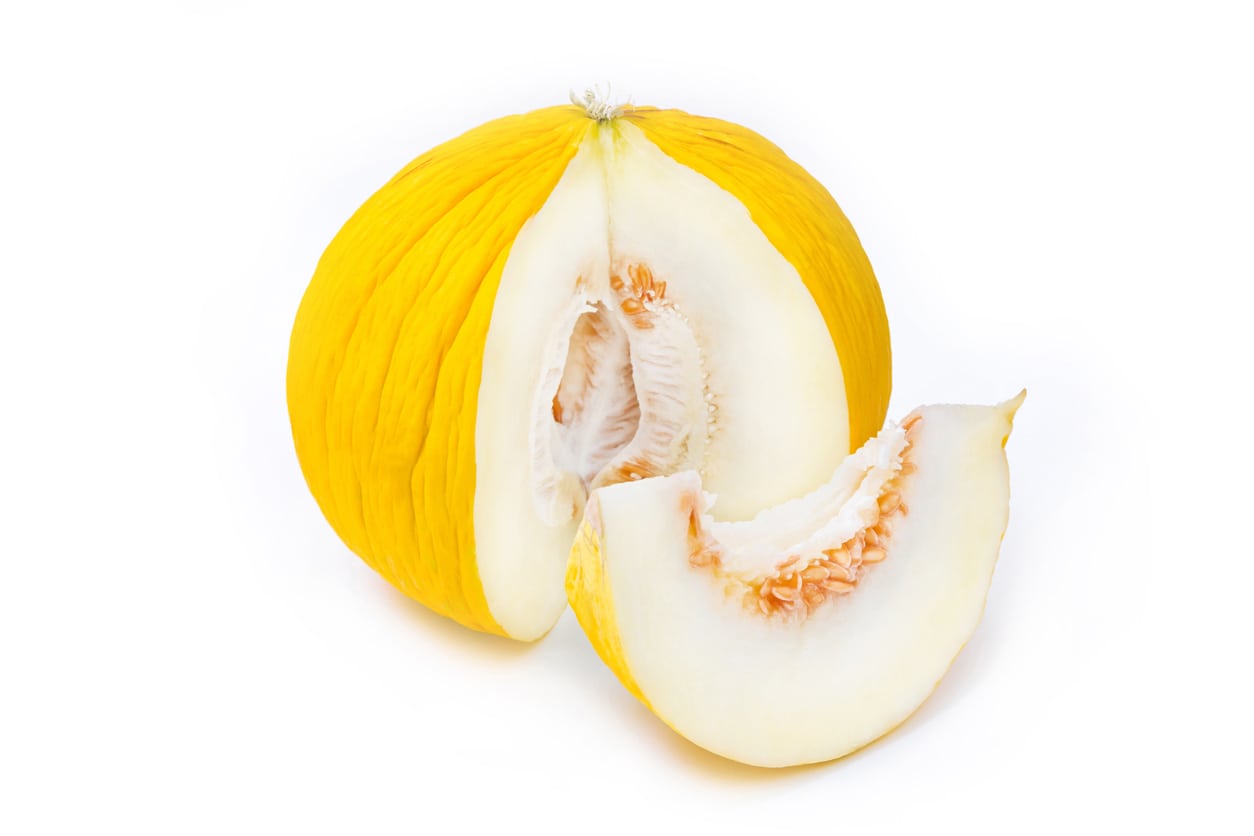 What Is A Casaba Melon – How To Grow Casaba Melons
What Is A Casaba Melon – How To Grow Casaba MelonsCasaba melon is a tasty melon related to honeydew and cantaloupe. Successfully growing a casaba melon vine in the home garden requires a little knowledge about care and harvesting but is generally easy and similar to growing other melons. Learn more here.
By Mary Ellen Ellis
-
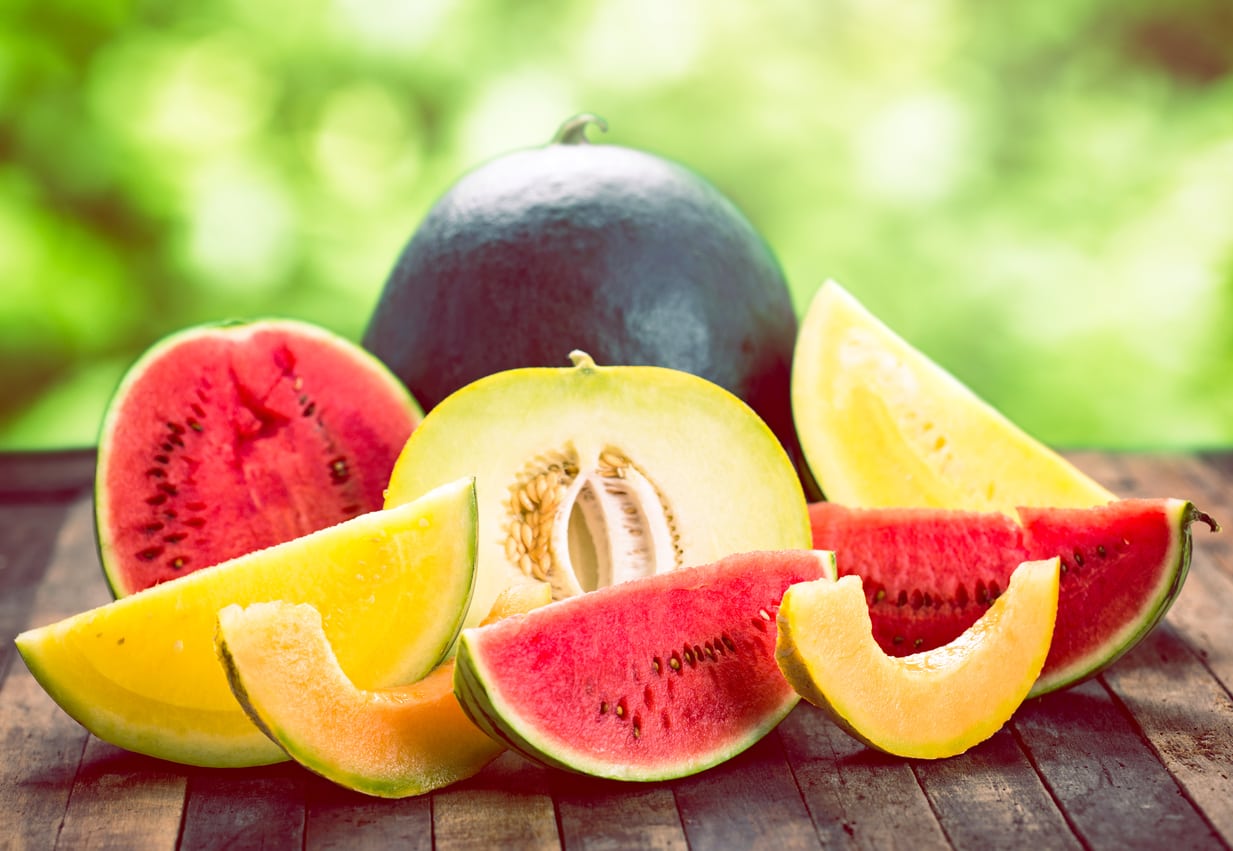 Types Of Melons: Different Melon Plant Varieties For The Garden
Types Of Melons: Different Melon Plant Varieties For The GardenMelon is a favorite summer fruit. Few things are better than a cold slice of watermelon on a hot day after all. These are pretty easy plants to grow in the garden too, and there is a seemingly endless variety of different melons to try. Learn about them here.
By Mary Ellen Ellis
-
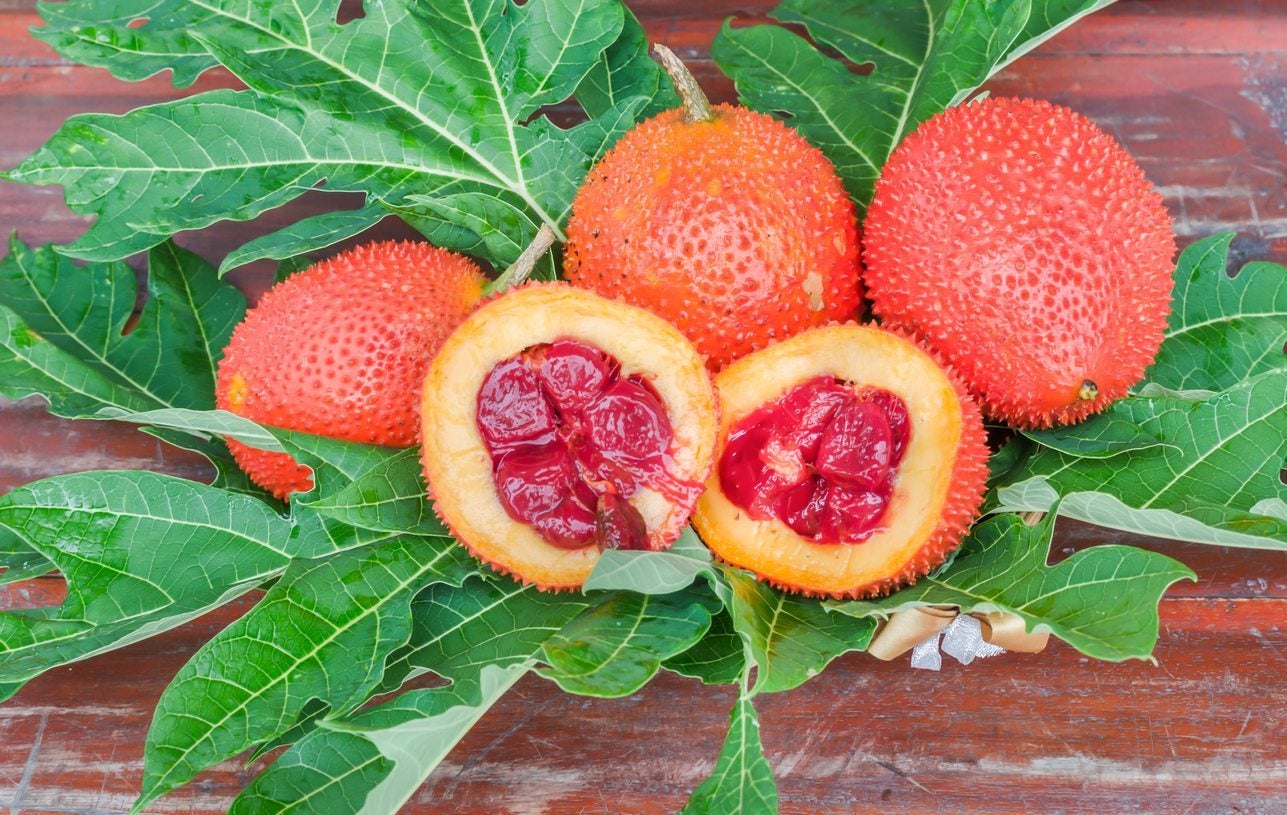 What Is A Gac Melon: How To Grow A Spiny Gourd Plant
What Is A Gac Melon: How To Grow A Spiny Gourd PlantUnless you dwell in regions from Southern China to Northeastern Australia where gac melon hails, it?s probably unlikely you've heard of it. What is gac melon? Click this article to find out about growing gac melon fruit, its care and other gac melon information.
By Amy Grant
-
 Melon Seed Harvesting And Storage: Tips For Collecting Seeds From Melons
Melon Seed Harvesting And Storage: Tips For Collecting Seeds From MelonsCollecting seeds from garden fruits and vegetables can be thrifty, creative and fun for a gardener. Saving melon seeds from this year?s crop for next year?s garden requires planning. Read this article for tips about collecting seeds from melons.
By Teo Spengler